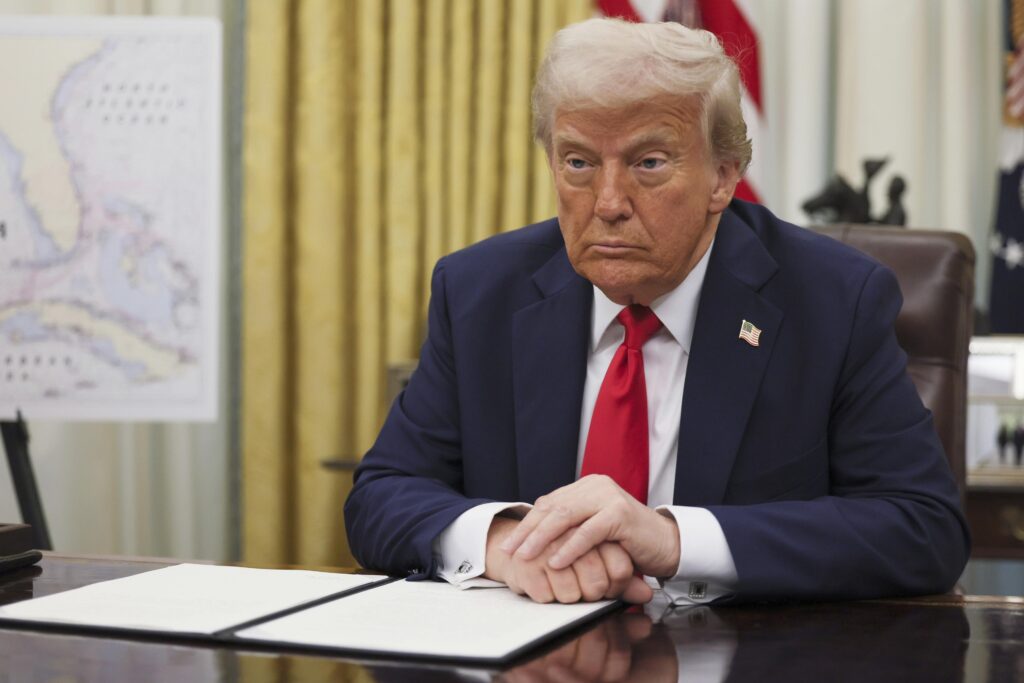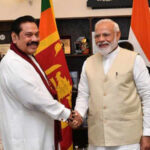President Donald Trump’s implementation of tariffs ranging from 10% to 50% on imports from multiple countries has prompted a flurry of diplomatic activity, as affected nations seek to mitigate potential economic repercussions. The move has left many U.S. trading partners with limited options, leading several to prioritize negotiations over retaliation.
China responded by imposing a 34% tariff on all American imports, effective April 10, and restricting exports of critical rare earth elements. Additionally, Beijing filed a lawsuit with the World Trade Organization, condemning the U.S. tariffs as unilateral and harmful to global trade stability.
In the Middle East, Israeli Prime Minister Benjamin Netanyahu is reportedly planning a visit to the White House to discuss the newly imposed 17% tariff on Israeli goods. The agenda is expected to cover Israel’s trade practices, regional security concerns, and Iran’s nuclear program.
European markets have also felt the impact, with the FTSE 100 experiencing a 4.95% decline, the steepest since March 2020. Economists warn of rising consumer costs and potential inflationary pressures as a result of the escalating trade tensions.
The Trump administration’s tariff policies have significantly altered the global trade landscape, with the average U.S. tariff rising from 2% to over 20%. This escalation has sparked investor uncertainty and fears of stagflation.
In South Asia, India is actively engaged in negotiations with the United States to address the tariff challenges. Prime Minister Narendra Modi and President Trump have agreed to advance discussions on a Bilateral Trade Agreement , aiming to more than double bilateral trade to $500 billion by 2030. Commerce Minister Piyush Goyal’s recent visit to Washington was part of this effort, focusing on reducing tariff and non-tariff barriers.




 Modi’s Visit to Sri Lanka Strengthens Bilateral Ties Amid Regional Dynamics
Modi’s Visit to Sri Lanka Strengthens Bilateral Ties Amid Regional Dynamics 